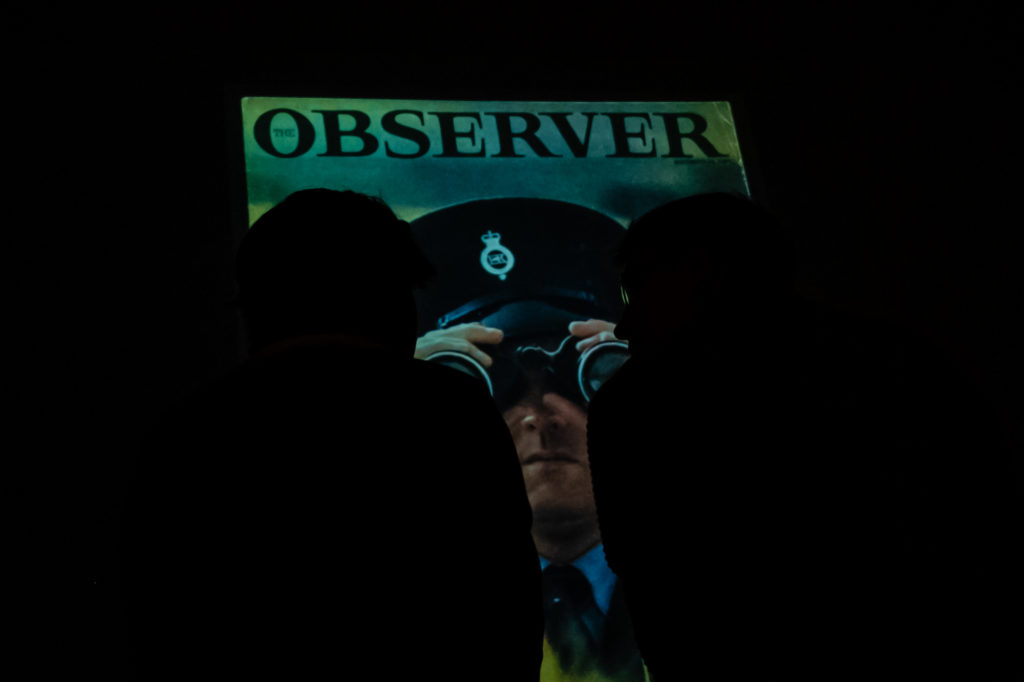We had reason to hang some pictures today. I mean, rehang. We’ve been slowly rehanging pictures that we took down off the walls in January. They’ve been stashed around the place while we repainted the house. One of the things we agreed was that nothing could go back up without mutual agreement.

I think that one measure of good art is that it should reset, disarm if not disturb the viewer both now and in the future. Art is changeable even volatile in the way that it develops and progresses. It’s subject to fads, trends and fashion. So it seems to make sense to reorganise and refresh the walls to reflect the changes but it becomes a circular proposition if you accept that good art transcends fashion.
This concept of change in art is central to my ideas of learning, experiencing and sharing. Some say that the subconscious realms of our existences play a big role in our perceptions and that means, to my mind, that each of us will have different views on what constitutes good art. Which makes agreements difficult if not moot.
Then there’s the issue of artistic skill and endurance. Van Gogh may have suffered from a disease that influenced how he rendered what he saw and then died young. Monet’s cataracts are probably as famous as his water lillies that were painted late in life, after his eyes were corrected.
All artists are subconsciously influenced to one degree or another. All art is allegedly a manifestation of the artists’ subconscious. For example, some say that Munch painted ailing figures in memory of a sister that died of TB. Did he do it intentionally or was he sympathetic to the sick given his familial experiences? Does that matter if his paintings appeal to us?
‘Diagnosing the canvas’ is an old parlour game I’ve read about (The Beauty and The Beastly by Natalie Angier 1995) that some doctors like to play. Perhaps that’s a double edged sword given the long associations between creativity and mental illness. Read this Smithsonian article and tell me if you like Andrew Wyeth’s Christina’s World any the less for the suggestion that girl suffered from Charcot-Marie-Tooth disease rather than polio.
We have friends who are printers, whose careers of printing have given them repetitive strain injuries that prevent them continuing. And we are acquainted with painters whose career-long dedication to enormous canvases has been equally injurious. Those are physical limits that stop work. But if there are mental changes, is the apparent virtuosity and innovation degraded by the knowledge that a source of creativity was mental impairment?
I don’t know much about William Utermohlen except what I read in The Guardian a few years ago. One of Utermohlen’s legacies is that he documented his Alzheimers by painting himself as his brain degenerated. It’s a haunting series of pictures in which details disappear with time but unlike Mondrian, for example, the essence is lost rather than revealed.
That’s enough thought for one day. It’s time to make a pancake or two.

The world seems to be full of endless, interesting stuff, and you seem to have access to it and regularly bring it to my attention through your writings. I thank you for that.
I think art is something that stirs us and makes us realise we’re alive. Art cannot be without life. Art enhances life. What would life be without art?
Thank you very much for your encouraging comments.